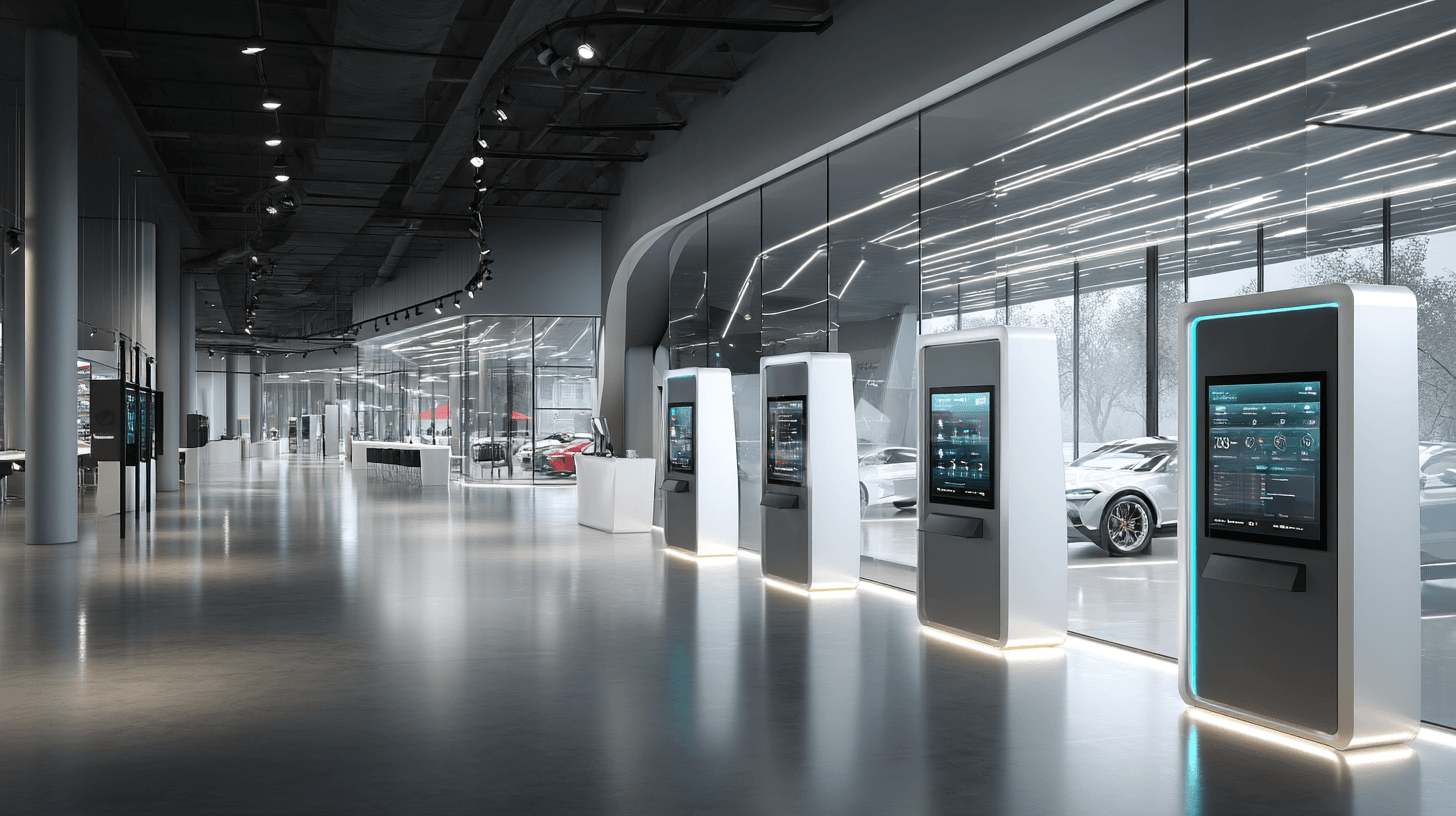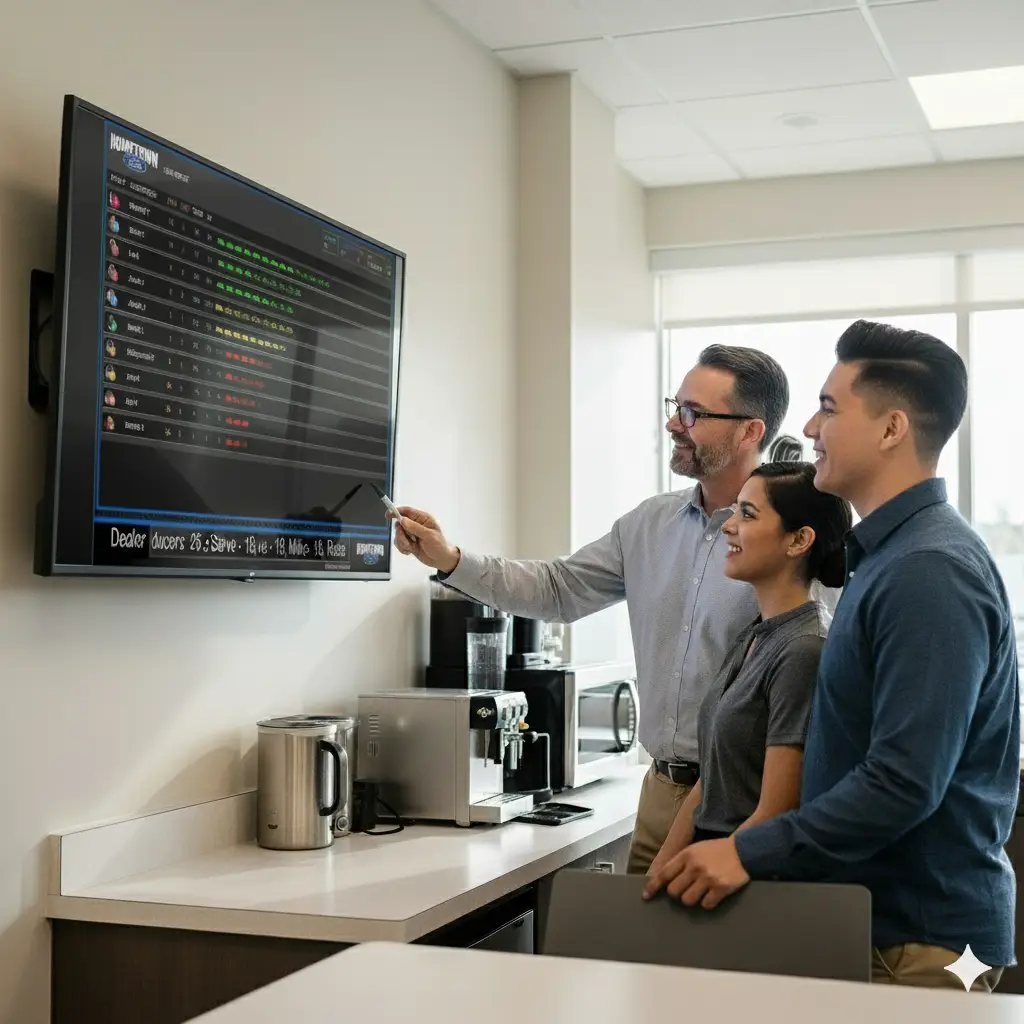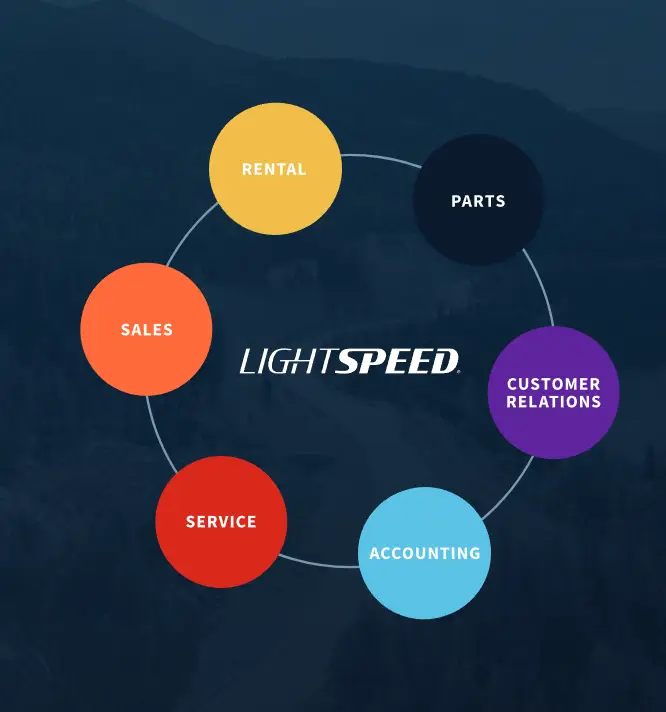The automotive industry is undergoing a major transformation, and nowhere is that more evident than in dealership sales and service. With 40% of customers expressing frustration over traditional service calls, dealerships are feeling the pressure to modernize. Today’s consumers expect fast, personalized, and hassle-free experiences—and digital tools like AI chatbots and CRM systems are rising to meet that demand. From streamlining service appointments to tailoring vehicle options through smart data analysis, these technologies are reshaping how dealerships operate. In this blog, we’ll explore how embracing innovation not only boosts customer satisfaction but also positions dealerships to stay competitive in 2025 and beyond.
Key Takeaways
- Digital Transformation is Crucial – Dealerships are being pushed to modernize due to rising consumer expectations and frustrations—especially with service calls—driving the adoption of AI tools and CRM systems.
- AI Enhances Service Interactions – AI voice assistants and automated booking systems are helping dealerships reduce wait times and improve appointment scheduling, particularly appealing to millennial and Gen Z customers.
- Inventory Strategies Are Shifting – In response to tariffs and economic uncertainty, dealerships are moving away from large SUVs and focusing on compact, fuel-efficient vehicles to align with changing consumer preferences.
- Technician Videos Build Trust – Visual demonstrations of repairs using technician videos are helping customers understand service needs better, increasing approval rates and overall satisfaction.
- Staying Competitive Means Adapting – Dealerships that embrace personalized digital experiences, flexible inventory management, and AI solutions are better positioned to thrive in 2025’s evolving automotive landscape.
Major Challenges in Dealership Service

High call dissatisfaction rates are causing customers to be frustrated. Inventory strategies are changing, leading to new challenges in managing dealership service demands. The use of technician videos is becoming essential for effective communication with customers.
High call dissatisfaction rates
Many people dislike calling car service departments. Research by CDK Global shows that 40% are totally unhappy because of long hold times, too many transfers, and often, no one answering their call.
This leaves them very frustrated. It’s clear: customers want fast responses and quick solutions to their problems over the phone.
These poor experiences damage the dealership’s reputation. Customers might decide to go elsewhere for repairs or to buy a new car.
Significant challenges in dealership services include inefficient phone systems and service department communication issues, which contribute significantly to customer dissatisfaction and complaints about service departments.
Changes in inventory strategies
Dealerships are changing their inventory strategies due to market disruptions. They now stock more compact cars and fewer SUVs, responding to tariffs and shifts in consumer behavior towards fuel-efficient vehicles.
A survey by CDG found that 42% of consumers delay buying new cars because of economic uncertainty.
This shift poses major challenges for dealerships accustomed to selling larger vehicles. To align with current vehicle preferences, dealerships are adapting their lots to meet the demand for smaller cars.
Keeping up with sales impact, supply chain adjustments, and market trends requires dealers to monitor changes closely and update their inventory accordingly.
Use of technician videos
Technician videos are transforming service centers. These videos allow mechanics to show and explain car issues clearly. Customers seeing these problems first-hand grow to trust the repair process more.
Demonstrations of worn tire treads or malfunctioning air conditioning systems make it easier for customers to understand why repairs are necessary.
Including mechanic videos in dealerships leads to increased sales and satisfaction. After viewing these videos, customers are more likely to agree to recommended services, and seeing the problems for themselves builds trust.
This results in more work completed during each visit, which boosts dealership revenue and enhances the overall customer experience.
AI Solutions for Service Call Improvement
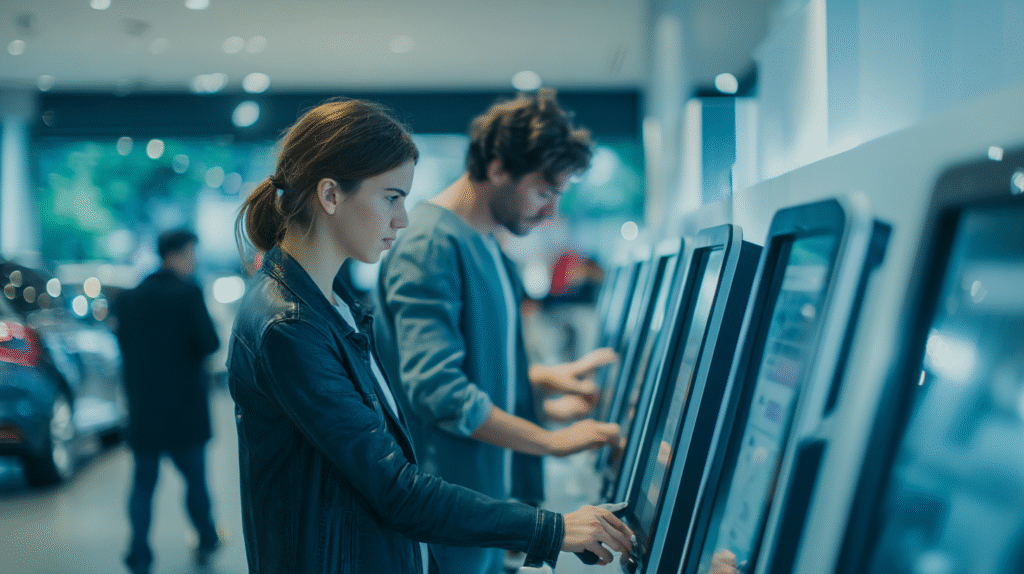
Dealerships are implementing AI voice assistants to enhance customer service calls, as millennials and Gen Z prefer AI booking. This integration positively impacts appointment bookings, aiming for higher call satisfaction rates.
Implementation of AI voice assistants
Dealerships are now integrating AI voice assistants to improve customer service. These virtual assistants use natural language processing and speech recognition to handle basic tasks like scheduling and answering questions, reducing hold times and transfers by efficiently directing complex inquiries to prepared human agents.
By employing conversational AI and automated customer service, dealerships can provide a more efficient and streamlined experience for their customers. AI voice assistants streamline customer interactions and improve operational efficiency through automated customer service.
Preference for AI booking by millennials and Gen Z
About 40% of millennials and Gen Z customers are fond of using AI for booking. They favor this over other methods when scheduling service appointments at dealerships. This trend shows a changing preference in how younger generations want to interact with businesses, leaning more towards technology-driven solutions.
To meet these preferences, dealerships need to consider implementing AI-powered booking systems to cater to the technology preferences of young adults.
In addition, understanding the shift in customer booking preferences is crucial for dealerships aiming to stay competitive and relevant in an evolving market. Embracing automated booking options can enhance the overall experience for millennials and Gen Z customers while improving operational efficiency for dealership services.
Positive impact of AI integration on appointment bookings
Dealerships that integrated AI reported a significant 30% increase in appointment bookings within just three months. This leap in bookings is directly attributed to the enhanced efficiency and ease of appointment scheduling with AI solutions.
Leveraging AI technology has proven to be a game-changer, boosting service call optimization and effectively driving up the number of appointments secured by dealerships. With the positive influence of AI on appointment bookings being well-documented, it’s clear that this technology holds immense potential for transforming dealership service and sales for the better.
Shifting Consumer Buying Behavior Due to Tariffs
Consumer buying behavior is changing due to tariffs, leading to delayed purchase plans and a preference for smaller, more fuel-efficient cars. Read on to understand how these changes are impacting automotive dealerships.
Delayed purchase plans
About 42% of buyers are holding off on making purchase decisions because of tariffs, which are causing a significant delay in their spending plans. This shift in consumer behavior is impacting the overall buying patterns, leading to a hesitation among consumers due to the effects of tariffs on purchasing.
Economic changes resulting from trade policies have caused alterations in consumer spending habits, prompting many to postpone their buying decisions and prioritize smaller, more fuel-efficient cars.
Dealerships are also experiencing the impact of these delayed purchase plans as they need to adjust their inventory strategies to accommodate this changing consumer behavior. As a result, there is a notable postponement in buying decisions due to tariff-related uncertainties and their influence on consumer behavior.
Prioritization of smaller, more fuel-efficient cars
Consumers are now choosing smaller, more fuel-efficient cars and used vehicles instead of SUVs and luxury cars. They are looking for compact or subcompact cars that offer great fuel economy and help minimize their environmental impact by having a smaller carbon footprint.
This shift reflects an increase in the preference for cost-effective transportation and eco-friendly vehicles, emphasizing efficient driving habits while also focusing on economic value vehicles.
Dealerships have to adjust their inventory strategies to meet this new demand, which means they may need to focus more on stocking smaller, fuel-efficient models. Additionally, there is an increasing interest in secondhand cars as people seek affordable yet reliable options that align with these changing priorities in the automotive market.
Dealership adjustments in inventory strategies
Dealerships are changing their inventory strategies to adapt to shifting consumer behavior due to tariffs. They are focusing on smaller, more fuel-efficient cars over SUVs. This shift comes as customers delay their purchase plans and prioritize different vehicle types.
For example, one Illinois dealership saw an 18% increase in customer retention after enhancing digital engagement and offering personalized deals.
This change reflects a response to market demand and the impacts of tariffs on purchasing behavior. It highlights the automotive industry’s need for flexible inventory management that aligns with consumer preferences and buying patterns.
These adjustments aim to sustain customer loyalty through personalized offers and digital marketing strategies, ensuring dealerships can effectively address the evolving needs of their customer base.
Role of Technician Videos in Building Customer Trust
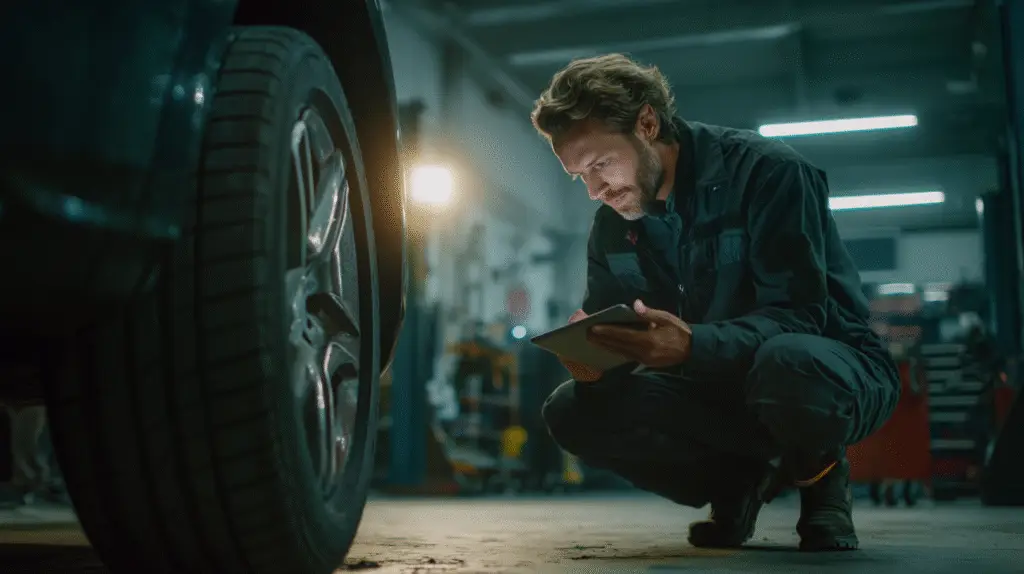
Technician videos help customers understand vehicle issues, building trust. Visual explanations have a positive impact on customer perceptions and sales.
Visual explanation of vehicle issues
Technician videos visually demonstrate vehicle issues. They increase customer engagement and understanding. For instance, comparisons of tire treads and explanations of air conditioning system failures are included in these videos.
These visual demonstrations build trust by providing customers with clear evidence of car problems and the solutions to address them effectively, ultimately enhancing customer confidence in auto services.
Positive impact on customer perceptions and sales
Technician videos at dealerships significantly impact customer perceptions and sales. The visuals help convey complex vehicle issues to customers, building trust and transparency.
This translates into enhanced revenue and customer satisfaction. Dealerships using technician videos reported higher repair close rates, indicating the effectiveness of video communication in boosting service reliability and sales impact.
For example, a dealership saw remarkable sales of premium brake packages after integrating video communication.
Conclusion
In 2025, auto dealerships are facing significant challenges in service and sales. High call dissatisfaction rates have led to frustration among customers, with a substantial 40% expressing complete discontent.
To address this, AI solutions such as voice assistants are being implemented, with 40% of millennials and Gen Z customers preferring AI for booking services.
The automotive market is experiencing shifts due to tariffs, causing consumers to delay purchase plans and prioritize smaller, more fuel-efficient cars. Dealerships are adjusting their inventory strategies accordingly to adapt to these changing consumer behaviors.
Additionally, technician videos have emerged as a crucial tool for building customer trust and improving revenue levels while also battling high dissatisfaction rates in service departments.
By leveraging these innovative strategies and adapting to evolving buyer trends through technology integration like predictive AI tools for real-time pricing adjustments — dealerships can transform their service experiences and build lasting relationships with customers.
FAQ’s
Q: Why are service calls a major issue for dealerships?
A: Research shows that 40% of customers are dissatisfied with service calls due to long hold times, multiple transfers, and unanswered calls, leading to lost trust and business.
Q: How is AI helping improve customer service in dealerships?
A: AI tools like voice assistants streamline appointment scheduling, reduce hold times, and handle routine questions, improving customer satisfaction and operational efficiency.
Q: What role do technician videos play in customer trust?
A: Technician videos visually show customers what’s wrong with their vehicle, making it easier for them to understand and approve necessary repairs, which builds trust and boosts revenue.
Q: Why are dealerships changing their inventory strategies?
A: Due to economic uncertainty and tariff impacts, consumer demand has shifted toward smaller, fuel-efficient cars, forcing dealerships to adapt their vehicle offerings.
Q: Do younger customers really prefer AI tools?
A: Yes, around 40% of millennials and Gen Z customers prefer AI-based booking systems over traditional methods, favoring faster, tech-savvy interactions.
Q: How can dealerships stay competitive moving forward?
A: By integrating AI, leveraging CRM data for personalization, offering technician videos, and adjusting to market demands, dealerships can meet evolving expectations and retain customers.

